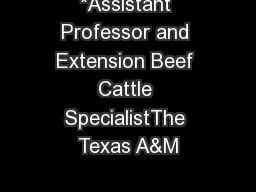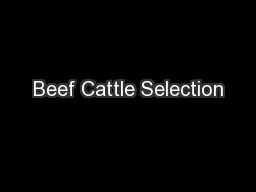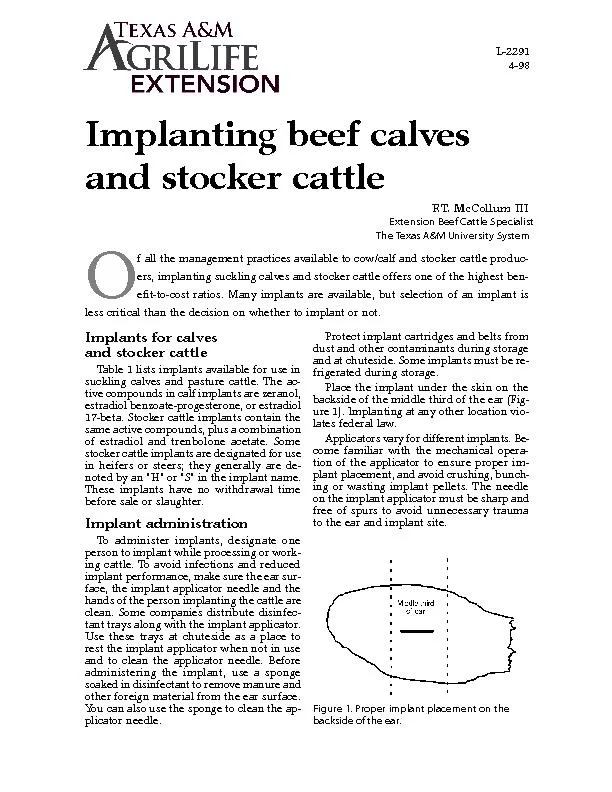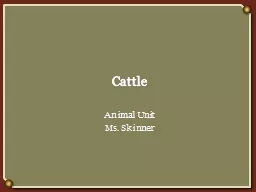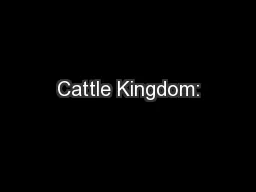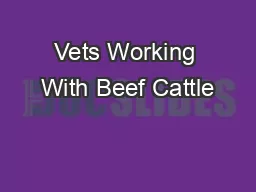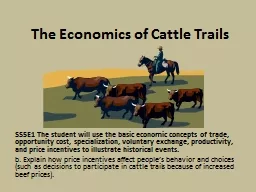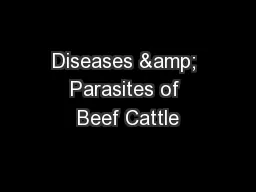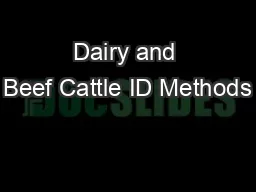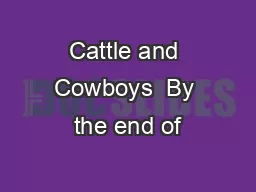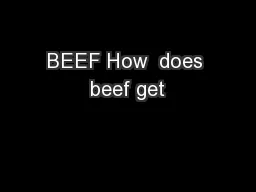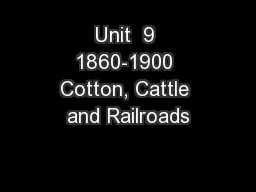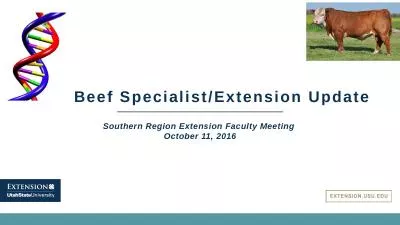PDF-*Assistant Professor and Extension Beef Cattle SpecialistThe Texas A&M
Author : pamella-moone | Published Date : 2016-04-23
hould beef cattle producers raise replacement heifers or buy them Many pieces of paper have been scribbled on by producers trying to nd the right answer The problem
Presentation Embed Code
Download Presentation
Download Presentation The PPT/PDF document "*Assistant Professor and Extension Beef ..." is the property of its rightful owner. Permission is granted to download and print the materials on this website for personal, non-commercial use only, and to display it on your personal computer provided you do not modify the materials and that you retain all copyright notices contained in the materials. By downloading content from our website, you accept the terms of this agreement.
*Assistant Professor and Extension Beef Cattle SpecialistThe Texas A&M: Transcript
Download Rules Of Document
"*Assistant Professor and Extension Beef Cattle SpecialistThe Texas A&M"The content belongs to its owner. You may download and print it for personal use, without modification, and keep all copyright notices. By downloading, you agree to these terms.
Related Documents

